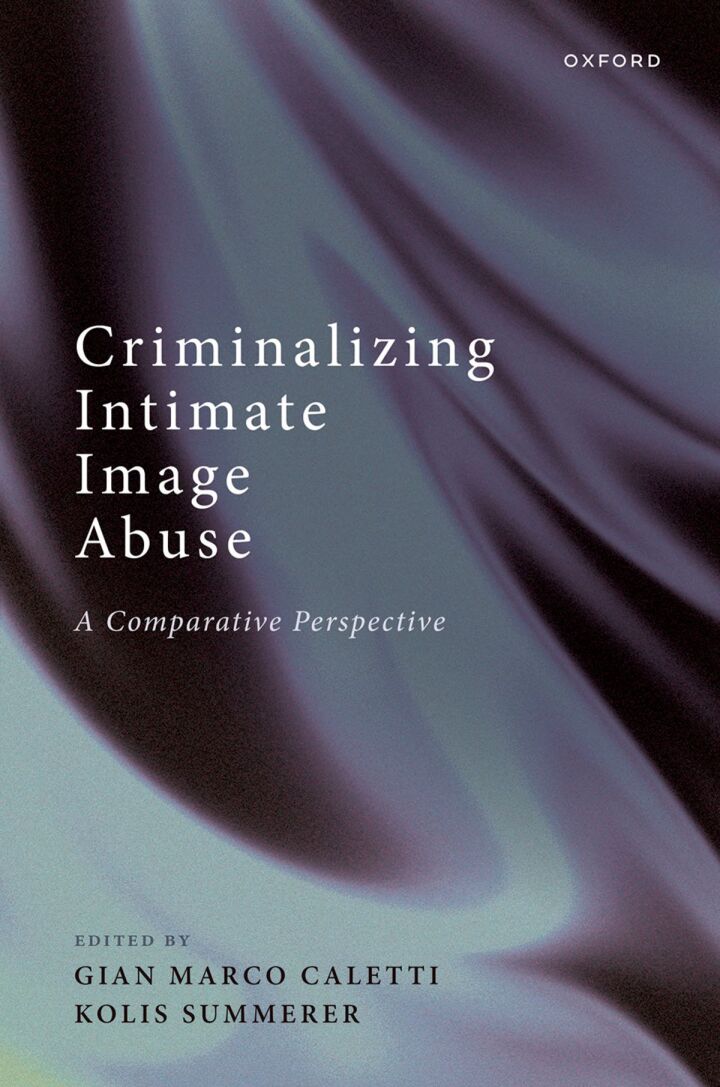Criminalizing Intimate Image Abuse 1st Edition A Comparative Perspective
$47.12
Attention: This is just ebook, Access Codes or any other Supplements excluded! / File Delivery: Sent Via Email within 24 hours!
SKU: e56dc9e51ffb
Category: Law Textbooks
Description
-
Author(s)Gian Marco Caletti, Kolis Summerer
-
PublisherOUP Oxford
-
FormatPDF
-
Print ISBN
9780198877813, 0198877811 -
eText ISBN
9780198877813, 0198877811 -
Edition1st
-
Copyright2023
- Details
Intimate image abuse is a recent, endemic phenomenon which raises multiple legal issues and presents a significant challenge for the traditional institutions of law and criminal justice. The nature of this phenomenon requires considering the traditional complexities of regulating privacy, sexual offences, and cybercrimes, alongside the social and cultural issue of what may be considered ‘intimate’, ‘private’, or indeed ‘sexual’. Since the harm experienced by victims of intimate image abuse is particularly serious and involves disparate legal interests, criminal law has been invoked as one of the solutions, but it is unclear what its role and limits should be. The law’s approach should avoid any moralistic attitude, trying to achieve a balance between sexual autonomy and the protection of sexual privacy. At the same time, the needs of criminalization must be balanced with the traditional principles of criminal law. Criminalizing Intimate Image Abuse strives primarily to generate new conceptual and theoretical frameworks to address the legal responses to this phenomenon, by bringing together a number of scholars involved in the study of intimate image abuse over recent years. This volume compares the solutions developed in different legal systems. The perspective is mainly focused on the comparison between the Anglo-American criminalization model and that of continental Europe, but there are also overviews of the criminalization trends in Asian and Latin American countries. Once the criminalization of intimate image abuse, as well as its theoretical and practical limits, have been established, the analysis focuses on possible new legal strategies, complementary or alternative to traditional criminal justice, such as restorative justice. Finally, in order to achieve an effective safeguard for victim-survivors, the book deals with the role of Internet Service Providers and bystanders in preventing intimate image abuse.
Related products
-

Examples & Explanations for Constitutional Law 9th Edition National Power and Federalism
Rated 0 out of 5$29.90 Add to cart -

Practical Guide to Drafting Contracts 2nd Edition From Concept to Closure
Rated 0 out of 5$40.90 Add to cart -

The Practice of Mediation 3rd Edition A Video-Integrated Text
Rated 0 out of 5$40.90 Add to cart -

Civil Procedure: A Coursebook 4th Edition
Rated 0 out of 5$75.90 Add to cart

